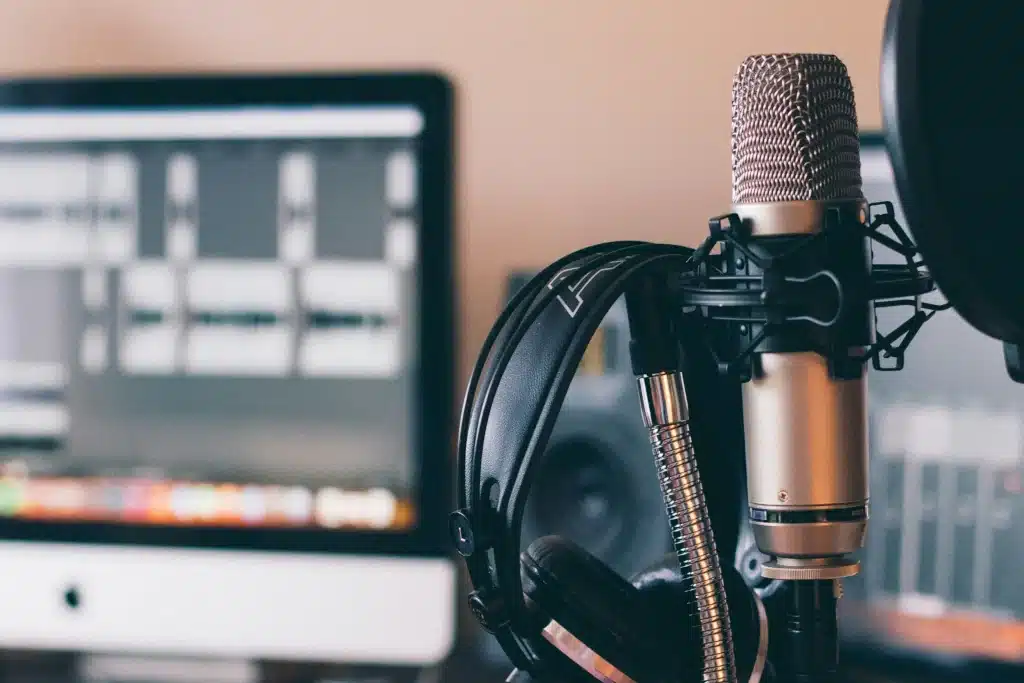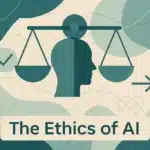Australian Radio Station Fooled Listeners for Months With AI Host-Here’s What Really Happened

Let’s talk about one of the wildest media experiments to hit the airwaves-one that most listeners never saw (or heard) coming. For months, an Australian radio station ran a daily show hosted entirely by artificial intelligence, and not a single listener knew the difference. No, this isn’t the plot of a Black Mirror episode. This is real, and it raises some spicy questions about transparency, trust, and the future of radio.
The Big Reveal: AI in Disguise
Back in November 2024, the Australian Radio Network (ARN) quietly launched “Workdays with Thy” on its CADA station, promising a four-hour block of hip hop, R&B, and pop curated by “music experts.” The show’s pitch? “Hear it first with Thy so you can boast to your friends and say you were all over it first.” Sounds like a standard radio promo, right? Except, behind the mic, there was no real person at all.

Photo by Will Francis on Unsplash
For months, “Thy” delivered song intros and commentary at the top of every hour. The voice was consistent, the banter was generic, and the photo on the website? It belonged to a real employee in the finance department-she just agreed to let her image be used. There was no biography, no social media, and no backstory. Compared to other hosts, who all had multi-paragraph bios, “Thy” was a ghost.
How the Secret Slipped
The ruse unraveled thanks to some good old-fashioned journalism. Stephanie Coombes, a local reporter, got a tip questioning whether “Thy” was even real. She dug in, asking, “What is Thy’s last name? Who is she? Where did she come from?” Her investigation revealed the lack of a digital footprint and the repetitive, pattern-based nature of the on-air voice. Eventually, the Australian Financial Review confirmed: “Thy” was an AI, part of a trial using artificially-generated voices to announce songs1.
Listeners, meanwhile, had no clue. There was no disclosure before, during, or after the show that “Thy” was a digital creation. The AI host blended in seamlessly, only speaking at the top of the hour and sticking to predictable, pre-programmed phrases1.
Industry Reaction: Outrage and Ethical Questions
The revelation didn’t sit well with everyone. Teresa Lim, an Asian-Australian female human voice actor and presenter, took to LinkedIn to voice her frustration:
“As an Asian-Australian female HUMAN voice actor and presenter in the radio and advertising industry, I find this industry-first move offensive on various levels… Why weren’t listeners told upfront that you were trialing an AI host? Why isn’t there any disclosure published on your program page, or announced before, during, or after the show?”
Lim’s concerns echo a broader anxiety in the creative industries: If AI can replace human hosts without anyone noticing, what happens to jobs, authenticity, and the listener’s right to know who-or what-they’re listening to?
The Regulatory Gray Zone
Here’s where things get murky. Australia’s media landscape is overseen by the Australian Communications and Media Authority (ACMA). As of now, there are no specific laws requiring broadcasters to disclose AI-generated content1. But that might change soon. In October, ACMA proposed stronger AI guardrails, highlighting risks like scams, deceptive practices, misinformation, and harmful content. By December, the Australian government introduced a bill to give ACMA enhanced powers to tackle misinformation-including content generated by AI.
So, while ARN’s experiment didn’t technically break any rules, it definitely pushed the boundaries of what listeners expect from their favorite stations.
Why Did ARN Do It?
According to ARN’s chief executive Ciaran Davis, “Workdays with Thy” was an experiment. And for now, “Thy” will keep broadcasting on CADA, the ARN-owned station. The company hasn’t said much about whether they’ll start disclosing the AI host’s identity going forward, but the backlash could force their hand.
The Bigger Picture: AI in Media Is Here to Stay
The “Thy” experiment isn’t an isolated incident. Radio, TV, and even digital news outlets worldwide are dabbling with AI-generated hosts, news readers, and even weather presenters. The tech is getting so good that, as this story proves, most people can’t tell the difference.
But with great power comes great responsibility. As AI voices become more common, media companies will have to decide: Are they upfront with audiences, or do they keep the curtain drawn? And if listeners can’t tell the difference, does it even matter?
What’s Next?
Expect more scrutiny, more debate, and (hopefully) more transparency. The Australian government is already moving to tighten regulations, and public pressure is mounting for clearer disclosure when AI is involved. For now, “Thy” is still on the air, but the genie is out of the bottle. Audiences everywhere are asking: Who’s really behind the mic?
Related Articles
What to Read Next
-
29 Apr 2025 AI NewsChatGPT’s Bold Move Into Online Shopping: Is OpenAI Coming for Amazon and Google?
-
29 Apr 2025 AI EthicsAustralian Radio Station Fooled Listeners for Months With AI Host-Here’s What Really Happened
-
28 Apr 2025 AI NewsAvatarOS Raises $7M to Build the Next Generation of AI Virtual Influencers-Here’s Why It Matters
-
28 Apr 2025 AI Ethics10 AI Ethics Rules You Can't Ignore (And How They're Already Shaping Your Life)
Hey, Chad here: I exist to make AI accessible, efficient, and effective for small business (and teams of one). Always focused on practical AI that's easy to implement, cost-effective, and adaptable to your business challenges. Ask me about anything; I promise to get back to you.



Honestly, I can’t believe people didn’t notice. Guess that says more about how bland radio hosts have become than about AI being convincing.
So the finance department gets a cameo, but actual radio talent gets replaced by a robot? Peak 2025 energy right there.